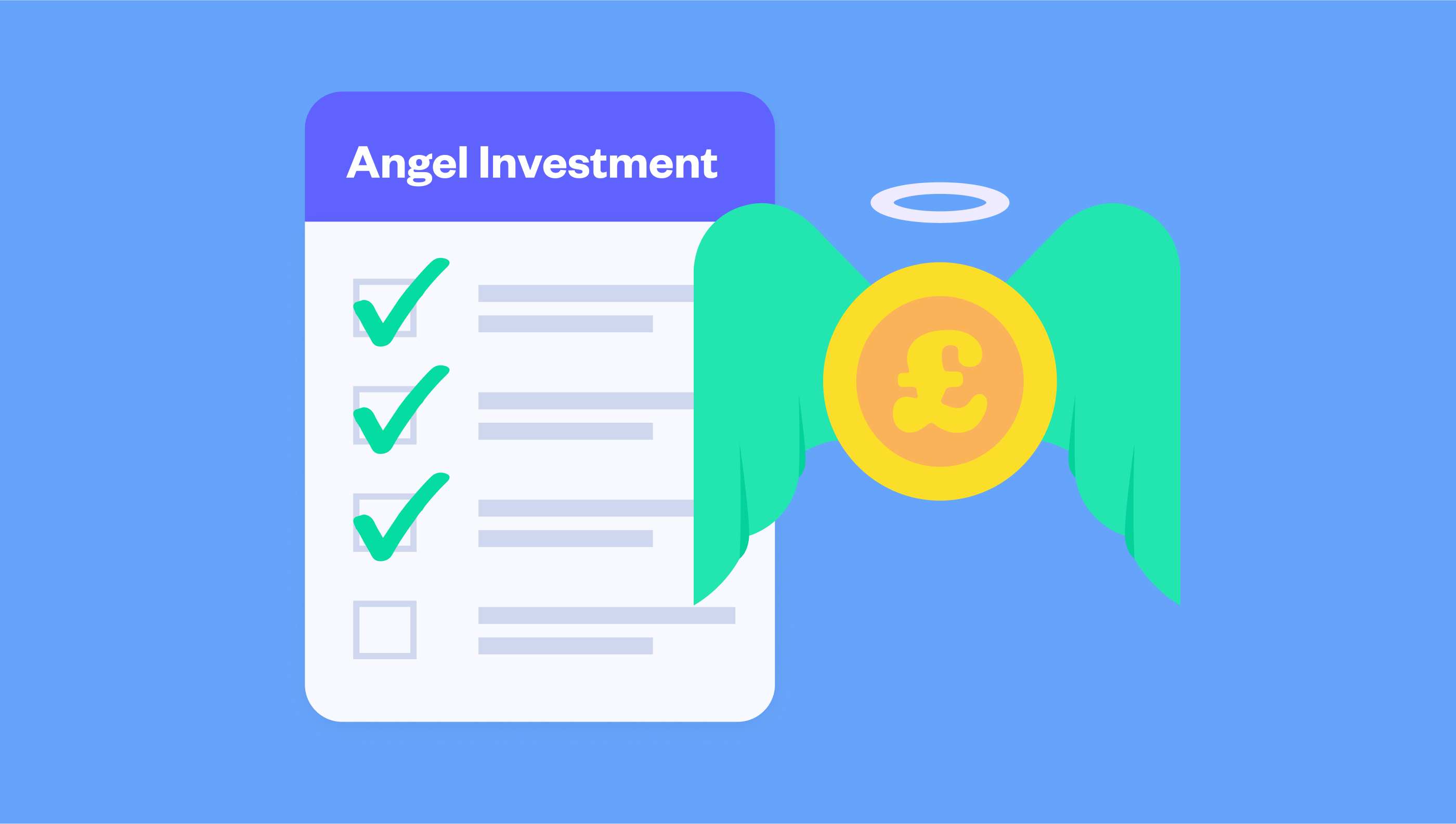NEW in SeedLegals for Investors: more functionality, visibility and efficiency
You now have more control to lead your deals and see what’s happening at each stage. See the latest updates in the SeedL...
So, you’ve taken the plunge and made an angel investment. Maybe you’ve made a few. Now that you’ve placed your bets, how do you keep your portfolio in check and maximise your chances of success?
Here are five tips to help you manage your portfolio effectively.
Five-minute video lessons delivered daily by email. Expertise from thousands of startup investments. Loads of bonus content.
Sign up nowKeeping up with your portfolio companies is essential – not only to monitor performance but to stay informed about future funding rounds, potential exits, or even red flags.
That said, nobody likes a micromanager. Strike a balance between staying updated and giving the founders the space they need to build the business.
Monthly or quarterly updates are standard, so make sure you’re receiving them. Hop on the occasional investor call, and don’t be shy about reaching out to the founders when you need clarity.
Some angel investors offer mentoring and guidance to their investment companies. How hands-on/hands-off you are is completely up to you and the founders – as long as you’re in agreement on how involved you’ll be.
I’m very committed to my small community of portfolio companies. Because I’ve chosen founders I truly want to help. It’s really important to me to engage with them, be there to help when they need it and build the relationship. Because I invest in companies that I believe are shaping a future I want to support, offering my help and guidance is part of supporting that bigger mission.
Director of Growth,
The best opportunities often don’t stop at your first investment. This is where follow-on funding comes into play. Many startups will come back for more cash as they grow, and this can be a crucial moment for you as an investor.
Do you double down or sit it out? There’s no one-size-fits-all answer, but a well-planned strategy helps. Consider:
Remember: great companies often need multiple rounds to scale, and participating in follow-on funding can help protect your equity from dilution.
While patience is key, it’s also important to keep your portfolio under regular review. Consider using an investment tracker to monitor your stakes across multiple companies. Whether you prefer a good old spreadsheet or a dedicated app, knowing exactly where your money is (and how it’s performing) is essential.
You’ll also need to make sure you get your SEIS3 or EIS3 certificates so you can claim tax relief.
And keep an eye on your cap table – whether you’re tracking your ownership or preparing for future rounds, accurate records are critical.
Close deals 10x faster, get SEIS/EIS certificates easily, track investments and more.
Learn moreYes, we’ve all heard the stories of angel investors striking gold with one startup and retiring to a private island. But let’s keep things grounded—those are the unicorns. For the rest of us, diversification is your best friend.
Why? Because startup investing is risky by nature, and some companies will fail. Diversifying your portfolio across industries, stages, and even geographic regions reduces your exposure to any single company or sector imploding.
Think of your portfolio like a music festival lineup. You want a variety of acts – some headliners, some experimental newcomers – so if one act disappoints, the whole event isn’t a flop.
Jonny SeamanThe general power law in venture capital and angel investing is: If you’ve invested across ten companies and one gets more than a 10x return, it doesn’t matter if the other nine fail. That one company will return your money and then some.
Investor Partnerships Manager,
Angel investments are long-term by design. The average time to see a return is around five to ten years. To receive SEIS/EIS benefits, you must hold your shares for at least three years, so if you want tax relief from the investment, you can’t cash out for at least three years.
During this time, some of your investments might return nothing at all, while others may deliver outsized returns. This can feel a bit like watching grass grow, but patience is key.
Keep an eye on liquidity (or ‘exit’) events—whether it’s an acquisition, IPO, or a secondary sale opportunity. These moments might give you the option to cash out before the decade is up.
Jonny SeamanWhat we generally see in companies is that they run on a three, five, seven and maybe up to 10 year lifecycle from making your investment to being able to receive your money back.
We go into more detail about it in our course on how to become an angel investor. Check it out.
Investor Partnerships Manager,
Want to learn how to invest in startups? Or gain new tips and tricks on angel investing? We’ve got the course for you.
Learn the step-by-step on how top angels make investments:
✅5 short video lessons straight to your inbox
✅Expertise from thousands of startup investments
✅Loads of bonus content
✅Insights from industry experts
It’s free and only takes 10 minutes a day for one week.
Sign up now and we’ll send you the first email right away.
We make it easier and simpler to invest in startups. Book a free call with one of our experts and we’ll talk you through it.









